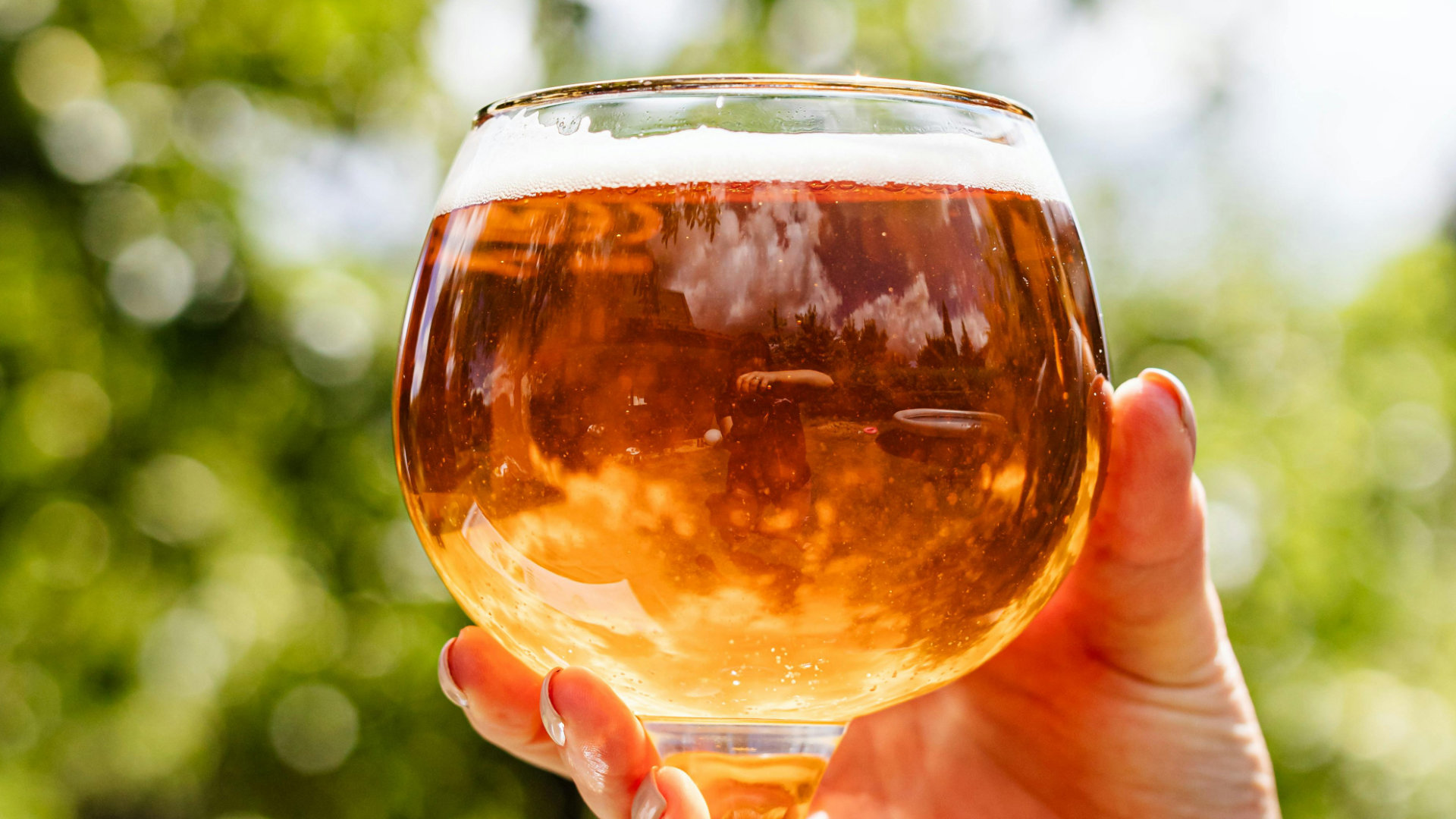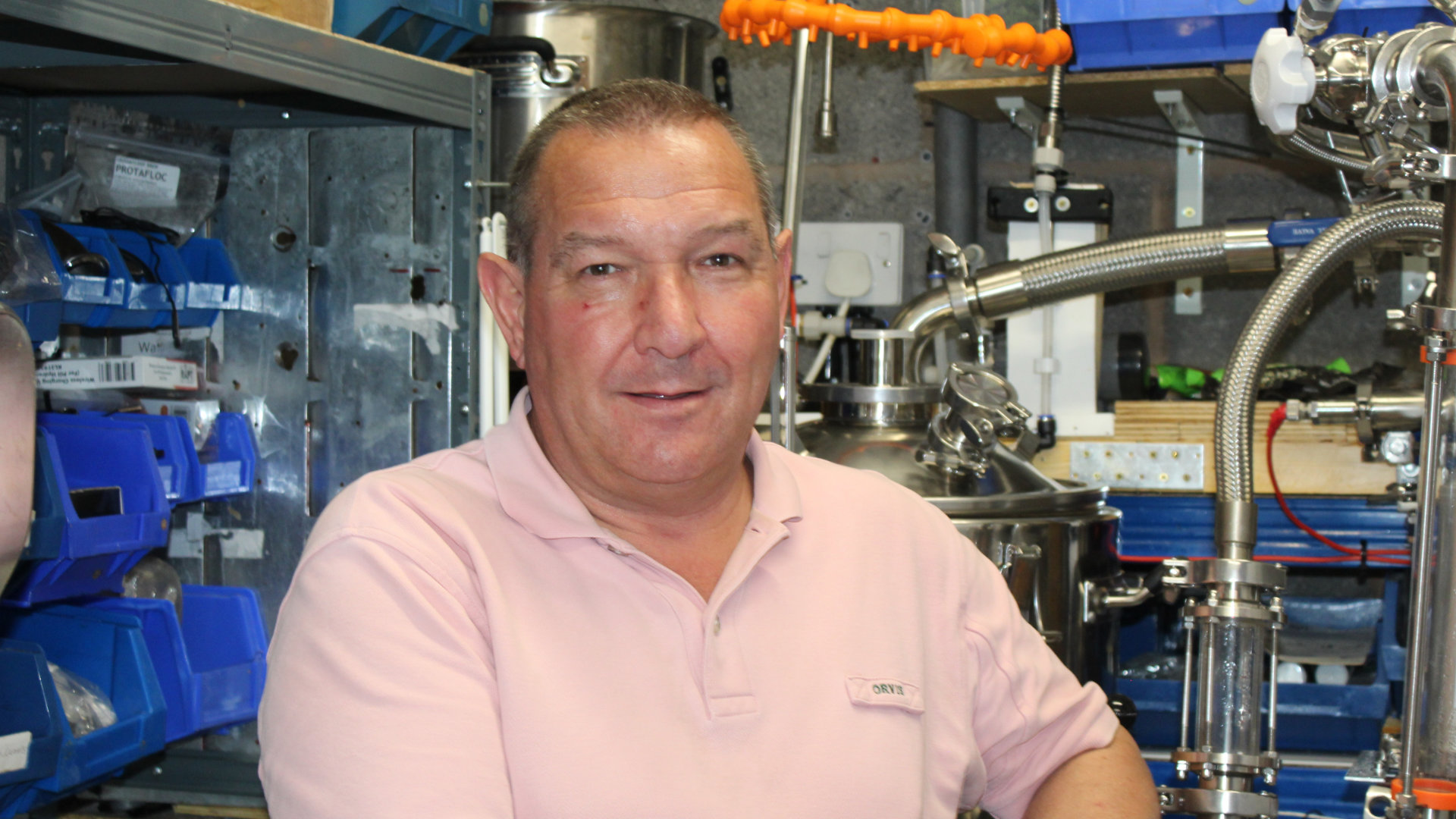Yohanna Best talks Pilsner with Rob Cooke, Development Brewer at Saltaire Brewery.
In December last year a new Pilsner popped onto the scene. Inspired by the classic Bohemian style Yorkshire based Saltaire brewery released their authentic Pilsner, adding to their range of award-winning beer including their popular German Helles, which was launched in April 2021. Wonderfully light and refreshing, this Pilsner delivers soft malty flavours with subtle earthy spice, leaving a long dry finish. And because you can’t rush a proper lager, Saltaire cold condition it for six weeks. We know that creating a decent Pilsner takes a bit of skill, so, thirsty for brewing knowledge I hit up Rob Cooke, Development Brewer at Saltaire Brewery for pointers on the perfect Pilsner.
YB: Tell us about your role at Saltaire!
RC: I am the Development Brewer here at Saltaire Brewery. It is my responsibility to develop new beers and improve the existing range. I have a focus on continuous improvement and efficiency and try to make improvements wherever we can whilst maintaining Saltaire’s high quality standard.
YB: How did you get into brewing?
RC: Since the age of 18 I have been an avid homebrewer and had always considered brewing something I could end up doing. However, I went down the path of engineering and ended up working as a Design Engineer in the oil and gas industry in Aberdeen. Five years down the line I had a chance meeting with the HR Director of a large Scottish craft brewery (BrewDog) and landed myself an entry level brewing job where over four and a half years I worked up from Assistant Brewer to Senior Pilot Kit Brewer.
YB: What was the inspiration behind the Saltaire Pilsner?
RC: Our motto here is “Beer. Done. Right.†and that’s what we wanted to do with our new lager range. We didn’t want to reinvent the wheel and try to come up with something new and outrageous and we didn’t want to rush the whole lagering process so we set a minimum cold conditioning time of six weeks. We decided that we wanted to do a traditional Czech Pilsner and looked at beers such as Pilsner Urquell and Jever for inspiration.
YB: And yeast?
RC: We use SafLager W34/70 for all of our lagers. This strain is originally from Weihenstephan in Germany and is used worldwide in the brewing industry.
YB: What are your top tips for brewing a clean, refreshing pilsner?
RC: Firstly, I would do a slightly extended boil do help drive off as much dimethyl sulphide (DMS) as possible. Make sure the boil is vigorous and try not to cover the kettle as the condensation will just drip back into the wort undoing all the hard work. Cool the wort as quickly as you can after the boil to, again, avoid the formation of DMS.
Ferment at the lowest temperature the yeast will allow, look at the spec sheet for this. For W34/70 we ferment at 9°C, you will have to pitch more yeast to compensate for the lower temperature. Doing this will help minimise any yeast derived esters which can give a fruity characteristic. Also don’t underpitch your yeast, an underpitched fermentation will stress the yeast and you’ll end up with a lot of sulphur being produced.
Finally, don’t skimp on the cold conditioning time. Remember the word “lager†literally translates from German to “storageâ€. We cold condition our Pilsner for a minimum of six weeks at 0°C.
YB: Who would be your dream drinking buddy? Which brews would you serve them and what would you talk about?
RC: I’ll sound like a grumpy old man for saying this, but I don’t idolise celebrities or famous people. I would much rather sit down with friends and family and serve them the beers I am proud of such as Pilsner, Mayflower and Red Dawn.
YB: What else can we look forward to from Saltaire this year?
RC: We have recently ramped up our cask beer specials range with at least one new beer a month, so look out for these beers on the hand pull in your local.
Q’s from our community
@brewbritannia on Instagram asks: What’s the best mash profile for a solid Pilsner: Step mash, single infusion or decoction?
RC: Traditionally a decoction mash is used for a Pilsner, this will yield the most authentic results, a step mash won’t be far off the mark either. In reality, it all depends on what your equipment will allow. You can produce a perfectly good Pilsner using a single infusion mash system.
@conscioushangover on Instagram asks: How can I replicate that pilsner urquell open fermentation taste?
RC: Open fermentation tends to produce yeast derived esters. Depending on your equipment of course, you could leave the lid off your fermentation bucket and cover with a sanitised cheese cloth. Or you could ferment at a temperature more towards the upper limit for the yeast.
@horizon.brewing on Instagram asks:
In terms of trying to increase throughput in the brewery whilst retaining quality, what are your tips for a strong healthy fermentation with acceptable clarity for a Pilsner?
RC: Extended vigorous boil (at least 90 mins) this will drive off DMS and produce a good cold break. Don’t underpitch, you tend to need more yeast with a lager compared to an ale. Get it as cold as you can without freezing the beer for conditioning.
@brewbritannia on Instagram asks: What’s the best water profile and chloride/sulphate ratio? Could you give a water profile?
RC: Traditionally Pilsner is brewed with very soft water with very low mineral content.
The water ion profile(in ppm) from Pilsen (where Pilsner comes from) is as follows:
Ca2+ Mg2+ Na+ Cl- SO4 2- HCO3-
7 3 2 5 5 25
This profile is obviously very hard to achieve in the UK without using RO water and adding the minerals back in due to the hard water profile we have here. In terms of a chloride/sulphate ratio we aim for a 1:1 ratio.
YB: Which hop goes into your Pilsner?
RC: Being a traditional Czech style Pilsner our Pilsner gets most of its herbal spicy notes from Saaz. We use Magnum for bittering as this is quite a high alpha acid variety whereas Saaz is very low in comparison.
Find Saltaire Pilsner and their other brews in venues around Yorkshire and the UK, as well as online in bottles. Visit their taproom and beer garden in Shipley to sample their tasty beers brewed fresh on-site.
Read more and order from
saltairebrewery.com
Follow Saltaire Brewery
@saltairebrewery











